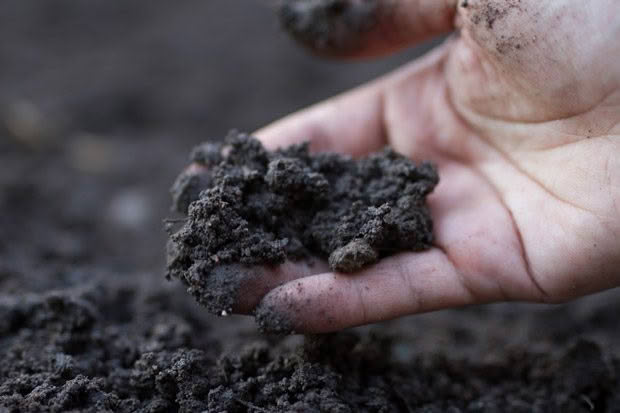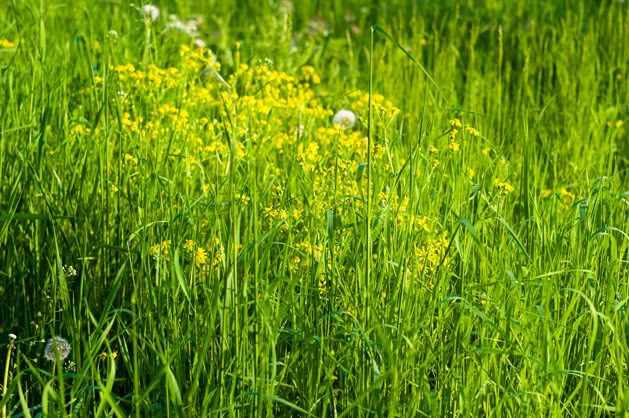Soil testing 101: Why you should test your soil this autumn

You can pay for a professional soil test, or assess it yourself with some close observation.
Words: Nadene Hall
Autumn is a good time of year to conduct soil tests in pasture, as typically there’s:
• good soil moisture;
• time to apply nutrients before conditions become too wet;
• time for the soil to take up nutrients you add in autumn, ready for spring.
THE BASIC SOIL TEST
A basic soil profile costs around $60 or so. More specialised tests can push it over $100. Fertiliser companies and rural supply stores often have test sample bags, soil core test equipment you can borrow, and can give you details on where to send samples.
Alternatively, you can contact soil testing laboratories yourself and follow their instructions. Take samples out in open pasture, away from dung heaps, urine patches, gateways, fences, and troughs.
THE DIY SOIL TEST
You can pay for a professional soil test, which will give you excellent information on its chemical composition and what it needs, such as nitrogen, calcium, or phosphorous. But you can conduct other soil quality tests yourself.

All you need to do is grab a spade (ideally in late winter or early spring), go for a walk around your garden (and pasture), and dig some holes.
The sound a soil makes when you first slide in a spade, its smell, texture, colour and the number of worms you find can tell you a lot about its health and how it’s changing over time.
This free visual soil assessment (VSU) guide has all the information you need, and guidance on how to assess the results: www.landcareresearch.co.nz/publications/vsa-field-guide/
HAVE YOU HAD A DRY SUMMER?
During a drought, nitrogen levels naturally rise in the soil. When autumn rains arrive, it helps young pasture plants to grow very quickly.
They can grow so fast, nitrates (a mix of nitrogen and oxygen) build up in their leaves as the plant can’t convert them to protein fast enough.

High nitrate levels can be toxic to stock, and it can happen fast. Cows can eat enough for a toxic dose in just one hour. Nitrates are absorbed very quickly into the bloodstream, which affects the blood’s ability to carry oxygen.
Animals begin breathing faster, trying to get more oxygen, causing them to be unsteady on their feet, stagger, then fall. They may froth at the mouth or produce excess saliva, mucous membranes (eg, the inside of the eyelid) may turn blue/chocolate brown, they’ll start gasping for air, then die.
7 TIPS TO AVOIDING NITRATE POISONING
1. Test the pasture – ask your vet for a nitrate testing kit. Tests need to be done at sunrise, as nitrate levels often fall later in the day (as sunshine naturally reduces nitrate levels).
2. Supplement stock with hay or silage before allowing them onto fresh pasture, so they’re less likely to gorge on it. Eating pasture more slowly means animals eventually adapt to higher nitrate levels over time (over 14+ days).
3. Graze older stock on riskier pasture first as they’re less likely to be affected.
4. Only allow stock access to new pasture on warm, clear days, preferably in the afternoon when nitrate levels are naturally lower. Cooler, cloudy weather after a period of good growing conditions means nitrate levels will be higher, as plants aren’t getting enough sunlight to process nitrates into protein.

5. Don’t let pasture get really low – nitrate levels are highest at the base of plants.
6. Avoid adding nitrogen fertiliser.
7. Check animals in the first two hours after putting them on new pasture. If there are any signs, call your vet and move animals out of the field immediately.
HOW TO BEAT TWO OF AUTUMN’S MOST ANNOYING PLANTS
Browntop and California thistle are common problems in autumn. If you’re happy to spray, glyphosate will do the trick, although it often takes several applications throughout autumn and winter, and you’ll need to resow bare soil in spring.
ORGANIC OPTIONS
With browntop you need a long-term plan to raise soil fertility, then resow (preferably by drilling) to smother it with more nutritious grass species. The easiest way to control California thistle is to mow it, preferably just before or while it’s raining.
It usually takes 3-4 mows to finally deplete the root system, the most common way for the thistle to spread (despite all those seed heads flying about). Rain helps as it causes fungal infections in the cut stems, which also hasten its death.
MORE HERE
What your soil is trying to tell you with sound, smell and colour
Love this story? Subscribe now!
 This article first appeared in NZ Lifestyle Block Magazine.
This article first appeared in NZ Lifestyle Block Magazine.
